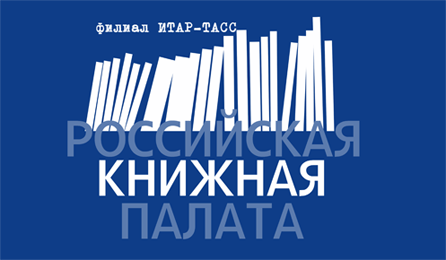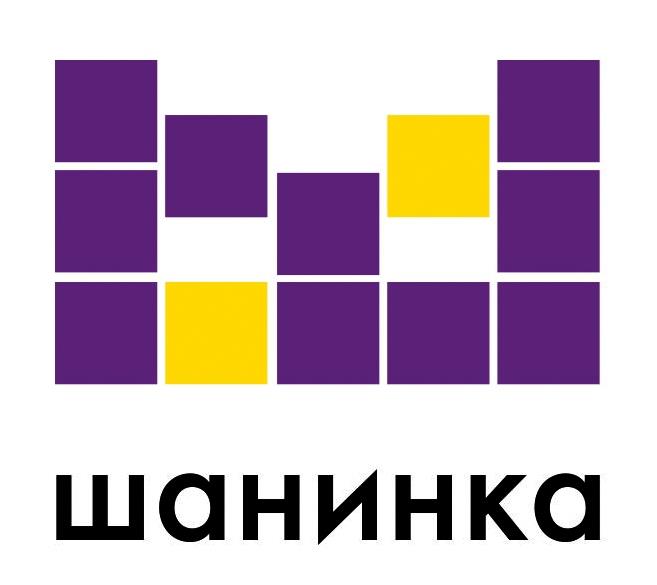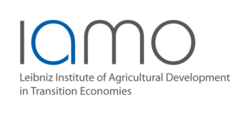Merl S. Agricultural reforms in Russia from 1856 to the present: Successes and failures in the international comparative perspective // The Russian Peasant Studies. 2020. V.5. №2. P. 56-87.
DOI: 10.22394/2500-1809-2020-5-2-56-87
Annotation
Despite its initial backwardness, the agricultural sector played a decisive role in the Russian/Soviet history. Until the 1950s, it was the main sector of occupation; it had contributed greatly to the gross domestic product and gross value added until forced collectivization destroyed huge agricultural resources. The article argues that emancipation paved the way for agricultural modernization by promoting a new agricultural structure based on the market and the skills of the heads of large-scale and family farms. The author identifies three Russian/Soviet approaches to the agrarian reform (1856–1928, 1929–1987, from 1987) in terms of contribution to the modernization of agriculture and of catching up with the developed countries. The article argues that until 1928 and (after the agricultural depression of the 1990s) from 2000, Russia was successful in both modernization and catching up, while Stalin’s forced collectivization at first led to stagnation. After the World War II, forced collectivization prevented any “green revolution” (i.e. application of the agricultural scientific research findings). Under the state command system in agriculture, poor mechanization did not increase the labor productivity. Although Russia was known for agricultural surpluses before collectivization, the late Soviet Union became a major grain importer. Only the reform that started in 1987 removed the state command system to make the agricultural producers masters of their fields again, which led to a considerable increase in agricultural productivity since 2005. Basing the reappraisal of the agrarian reforms on the recent successes, the article likes to encourage further discussion. It proposes to regard the use of the available rural labor force, the quality of the industrial inputs in agriculture and the extent to which the producers were allowed to be masters of their agricultural production as the most appropriate criteria for assessing the agrarian reforms’ results.
Keywords
agrarian reform, efficiency of agricultural production, emancipation, forced collectivization, green revolution, mechanization of agriculture, modernization, peasant farms, rural underemployment, socialist industrialized agriculture, Alexander II, Stalin, Brezhnev, Khrushchev, Gorbachev, Putin
About the author
Merl Stephan, DSc (History), Professor, Bielefeld University; Universitätsstr., 25, 33615, Bielefeld, Germany.
E-mail: This email address is being protected from spambots. You need JavaScript enabled to view it.






















